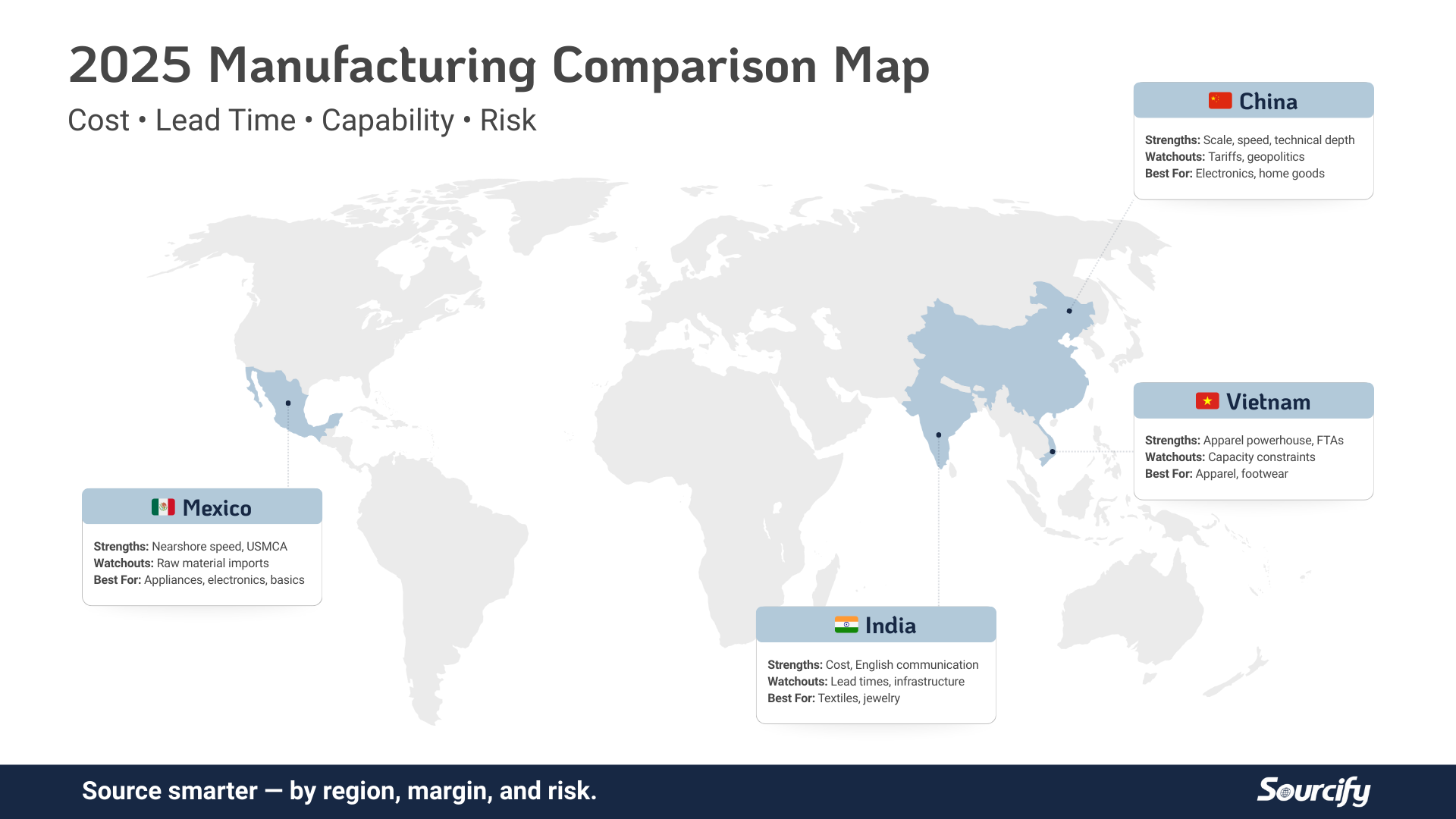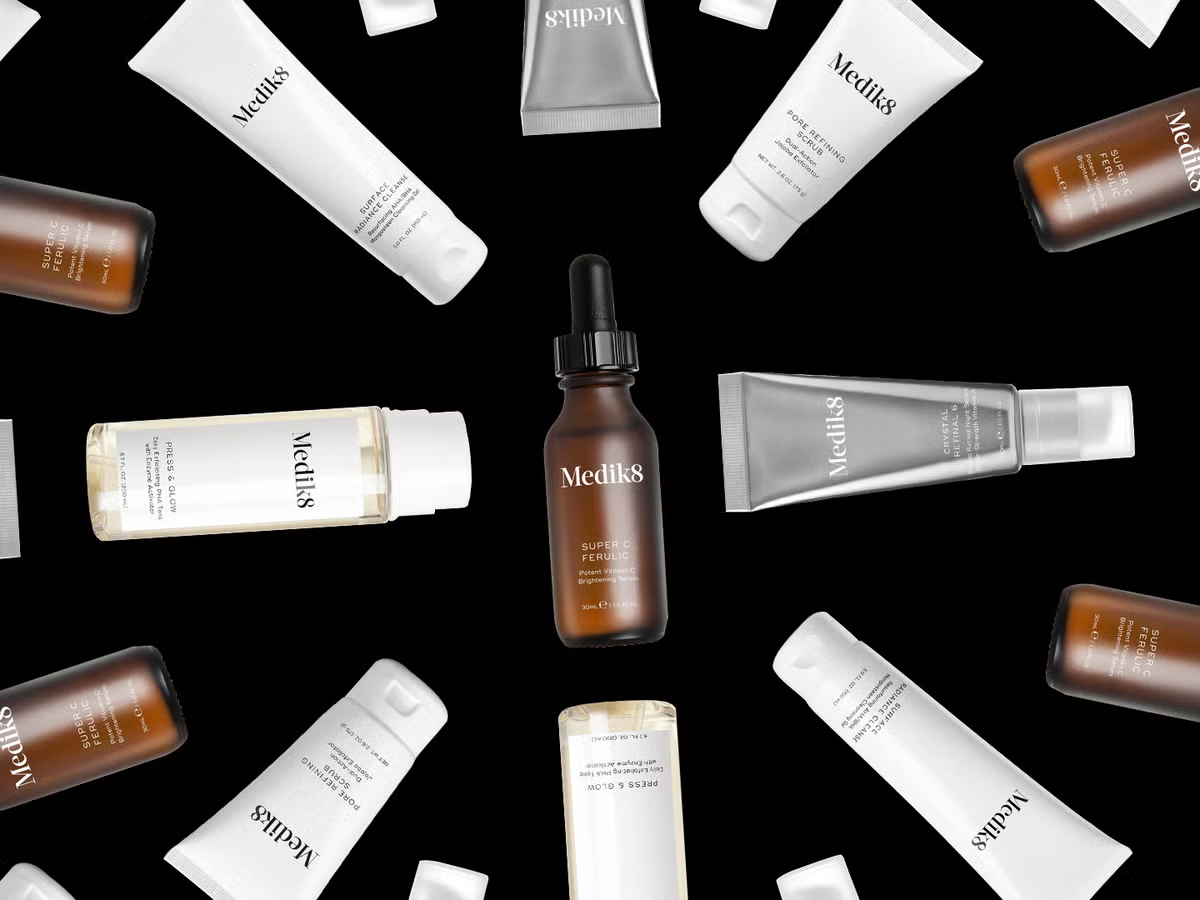FEAT Socks isn’t just a sock company. This eCommerce brand is selling ‘fun’. From their socks to their new line of sweatshirts and swim trunks, you see their mission to “build product that brings more fun into your everyday.”
This was what people loved about their products from the beginning. They didn’t have to reinvent the wheel, which seems crazy because socks is such a saturated product category already. It looks like a hard market to get into. But they were good at sticking to their strengths: creating flavorful and fun designs that guys or girls could wear with a one size fits all.
One of the founders Parker Burr had experience making custom products from running a company that made custom uniforms for lacrosse teams. Before starting FEAT Socks he already had a good idea of how to make and create clothing. Having hands-on experience in the creation and design part of a product’s development is valuable to getting a business off the ground by yourself and scaling it over the years by diversifying product lines.
Sourcify interviewed Parker on email and found out how him and his co-founder were able to make it through tons of the challenges the business faced when it first started out. Their biggest advice? Test your product in the market.
“My name is Parker Burr, I am from a small town in Connecticut. FEAT Socks was started my senior year of college when I met my now Co-Founder, Taylor Offer. I explained how I noticed guys starting to wear crazy socks for the first time. Together, we hit campus and started selling socks that we printed fun designs on outside of the dining hall! College kids loved the socks, and we figured “if we can sell expensive socks to college kids than we can sell to anyone”.
For every startup, it’s always best to test your product in the market before investing too much in the concept. For the Founders of FEAT socks, the risk-reward analysis came through a crowdfunding campaign on Kickstarter. The biggest takeaway from their success is the value you’ll gain from testing your product. You want to feel confident from the beginning that there are people who will buy your product. It’s not enough to look at trends. If you’re going to set up a website, spend time on production, and potentially spend thousands of your own money to get a business off the ground, then you should feel certain demand exists for what you want to sell.
FEAT socks saw the demand for their socks before they even started producing at the high quality level that they are now. They let the market tell them they had a great product, and the sales haven’t stopped since then.
“The biggest challenge starting out was understanding the opportunity costs of chasing all of our big ideas. For so long, we were spread so thin and doing a bunch of things “decently well” instead of doing one thing “the best”.
As a entrepreneur, you’ll figure out which idea out of the hundreds in your head brings you fulfillment. Before FEAT scaled, the founders were having fun selling their socks on a college campus and seeing students get excited about their cool designs. They were also making a lot of money selling the socks they were making themselves using in-house printing, which is what led them to take it seriously and turn it into an eCommerce brand.
In a category like socks where competition is fierce, it often seems near impossible to grow. The growth of FEAT has come with a myriad of ups and downs.
“One of the toughest challenges when starting to manufacture anything from scratch is the minimum order quantities required to work with most factories. This in combination with the challenge of filtering through fraudulent, incapable or unreliable factories.”
For every ecommerce company starting out, it’s difficult to find a manufacturer with a reasonable minimum order quantity and often leads people to dropshipping. Most manufacturers require a high minimum order quantity to compensate for production setup costs for your product. If they produce below their minimum, they’ll break even at best. When FEAT started looking for manufacturers, they ran into this problem.
“When you’re a smaller company, it’s difficult to be treated as a priority.”
Starting out is never easy. It’s hard to meet a high MOQ set by most manufacturers and just as challenging to get your brand to be a top priority on a factory’s production line. When you work with a manufacturer, you’re competing with all the other companies that are also working with that manufacturer. If you’re a small business, you aren’t going to be taking up much capacity at this factory. They’ll have a number of clients so you have to make an effort to ensure the manufacturer is spending quality time on your production run and completing orders on time.
“We once ordered 20,000 socks that didn’t fit on people’s feet! We were not a priority to our manufacturer and had no leverage, when we tried to get a refund and/replacement of goods we were laughed at and left with 20,000 pairs of unusable inventory at a time we could not afford it.”
As a solo founder or small team, production often isn’t a top priority. But without good products to sell, it won’t matter how much you spend on ads. To have success with a factory, there are lots of checkboxes you have to fill:
- Experience/expertise in product category
- Affordable cost
- High quality
- Able to produce desired production budget
- Reliable
- Quick turnaround
Every one of these traits adds up to the probability of a successful production run. To streamline your production, partnering with a sourcing platform like Sourcify will drastically improve your supply chain efficiency. As a small company, you won’t have to worry about finding the right factory or getting the attention you seek, as Sourcify has established partnerships with pre-vetted factories.
Despite all the odds against success, FEAT socks made it happen. They had a vision for their product that they knew attracted a market and found a manufacturer to turn the vision into a profitable business.
“We’re heading towards $10,000,000 in revenue. We are selling only at www.featsocks.com We have become experts at digital advertising & brand building which is driving the bulk of our sales.”
Now that FEAT has a strong hold on their manufacturing, they can focus on creating a great brand experience to better connect with existing customers and expand their customer market. FEAT has taken a centralized distribution approach by choosing to only sell on their website. This is a great strategy to maintain brand authenticity and margin.
Many brands are turning to secondary marketplaces like Amazon as another sales channel. Be careful though, where you sell your brand is just as important as what you’re selling. Many brands have made the mistake of selling through too many channels and losing their core customer as a result. Your beginning core customers are often the most loyal so don’t diversify too soon.
“The future of FEAT socks is a strict focus on ecommerce, digital advertising and profitability as we continue to scale. We’ve also launched The Anti Agency Agency after working with a number of different advertising and email agencies only to realize how disincentivized they are to perform.”
Parker and Taylor have not only turned FEAT socks into a sustainable brand but they’ve also turned their marketing insights into an agency to help smaller-name brands. With the knowledge they’ve gained scaling FEAT, they’re now passing it on to help others. Parker leaves one piece of advice to anyone struggling to find a manufacturer that can realize their product vision:
“Before you even think about manufacturing you should find a way to test the market. So many people think if they can build the product, the demand will follow. Limit your risk, test the market and look for a market & product where demand is so strong your only issue is keeping product in stock. You will find better manufacturer over time as you make connections, grow and build a reputation.”




